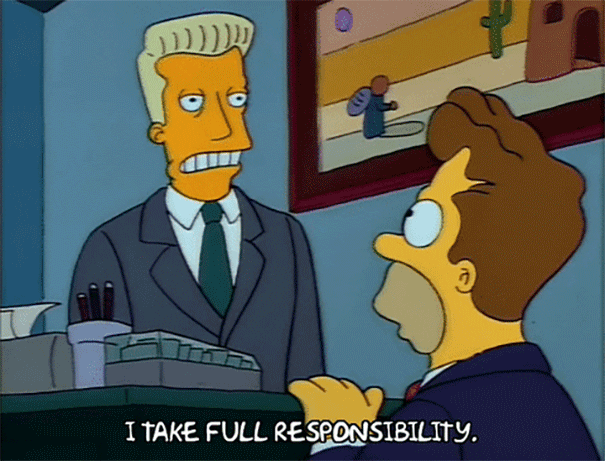Leadership, as the word suggests, is the act of leading a group or an organisation. We think that leadership is for our bosses, supervisors, or even government ministers, but in actual fact, we are all leaders (or leaders-in-training) in our own circles. You could be the head of your family; among your friends or part of a social organisation.
Many people associate leadership with strength. Similarly, many also link kindness to softness. Stereotypes aside, can kindness still resonate in today’s world? Does a kind leader exist?
Kind leaders do exist, but let’s be clear, though. A kind leader isn’t a pushover. Kindness is not weakness. You can still make tough decisions. A kind leader may end up liked by his team members, but his mission isn’t to be “a nice guy”. Focusing on being liked and being “nice” may put you into a situation where you try to please the people you are supposed to lead and end up missing the mark. A kind leader focuses not just on the message, but on how the message is delivered.
You may have heard about servant leadership, a phrase coined as far back as in 1970. Servant leadership begins with a desire to serve others and that drives the aspiration to lead. It is unlike the intention to lead to satisfy a need for power or drive to acquire material possessions.
Depending on the setting, leadership can take many forms. But regardless of form, there is always room for kindness. Here are five traits a kind leader should have:
Cares for others

A people-centric leader cares for the team. Relationships are not always transactional. When you focus on who your people are, not just what they can deliver, they will respond accordingly. You don’t need to become a bosom buddy, but when those you lead see that you care for them for more than what they can do for you or the group, they will go the extra mile for you.
Have a big heart

Empathy shows compassion. Don’t be too quick to judge. Someone under your care may be fighting a battle that no one knows about. When things go wrong (and they often do!), don’t immediately focus on finding fault or rectifying the situation. Even if the situation is dire and the solution is urgently needed, a simple “Are you okay? Let’s fix this first and we can talk about what went wrong later” would go a long way to reassuring an already stressed out team member.
[other_stories id=”7705,6703,7358″]
Takes full responsibility

Similarly, in a crisis, a courageous leader willingly takes on any backlash for the team. It may not be your fault, but as the leader, the buck stops with you. Those you lead will appreciate that you have got their backs. There is a proper time for reflection and post-mortem when mistakes are made, but that should happen later, in an open communication session with the team, and not while you’re dealing with the crisis itself.
Leads by example

Respect should be earned and not demanded. It’s easy to talk a good talk, but team members will always respect a leader who walks the talk. When the people you lead see how you are willing to do what you tell them to do, it is easier for them to get on board with what you say. In bad economic times like these, it could be taking a pay cut before reducing salaries.
Offers praise

Everyone errs and nobody is perfect. A good guiding principle is to correct privately and praise publicly. It is often easy to pinpoint a mistake but don’t forget to praise and give credit when it’s due. This will inspire confidence in your team members when they see that you notice what they are doing.
Remember that kindness should be part of everything you do. It does not replace the other elements of leadership. Instead, consider these as value-added soft skills any leader should have to take a team to the next level.
If you like what you read, follow us on Twitter and Telegram to get the latest updates.






